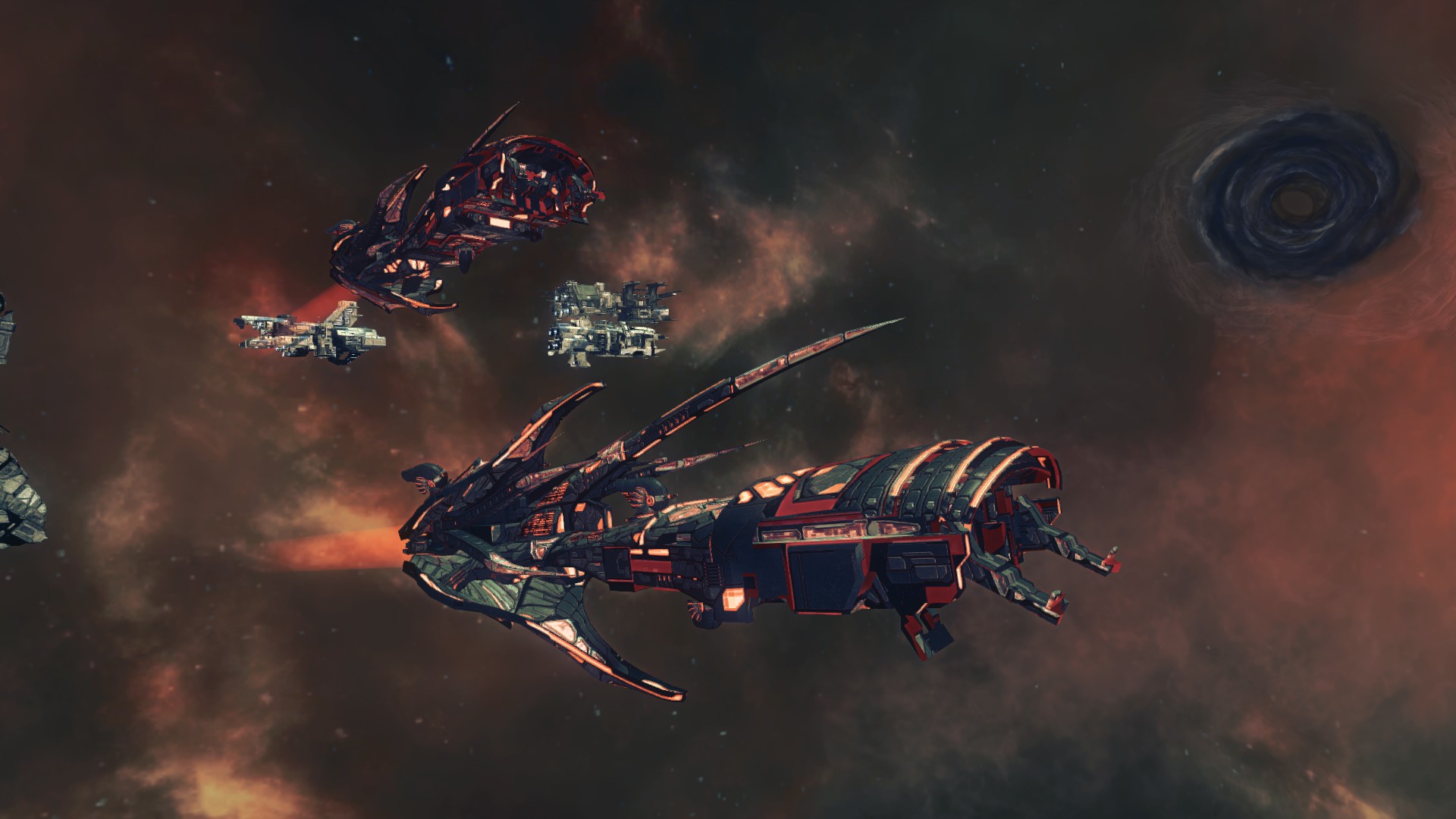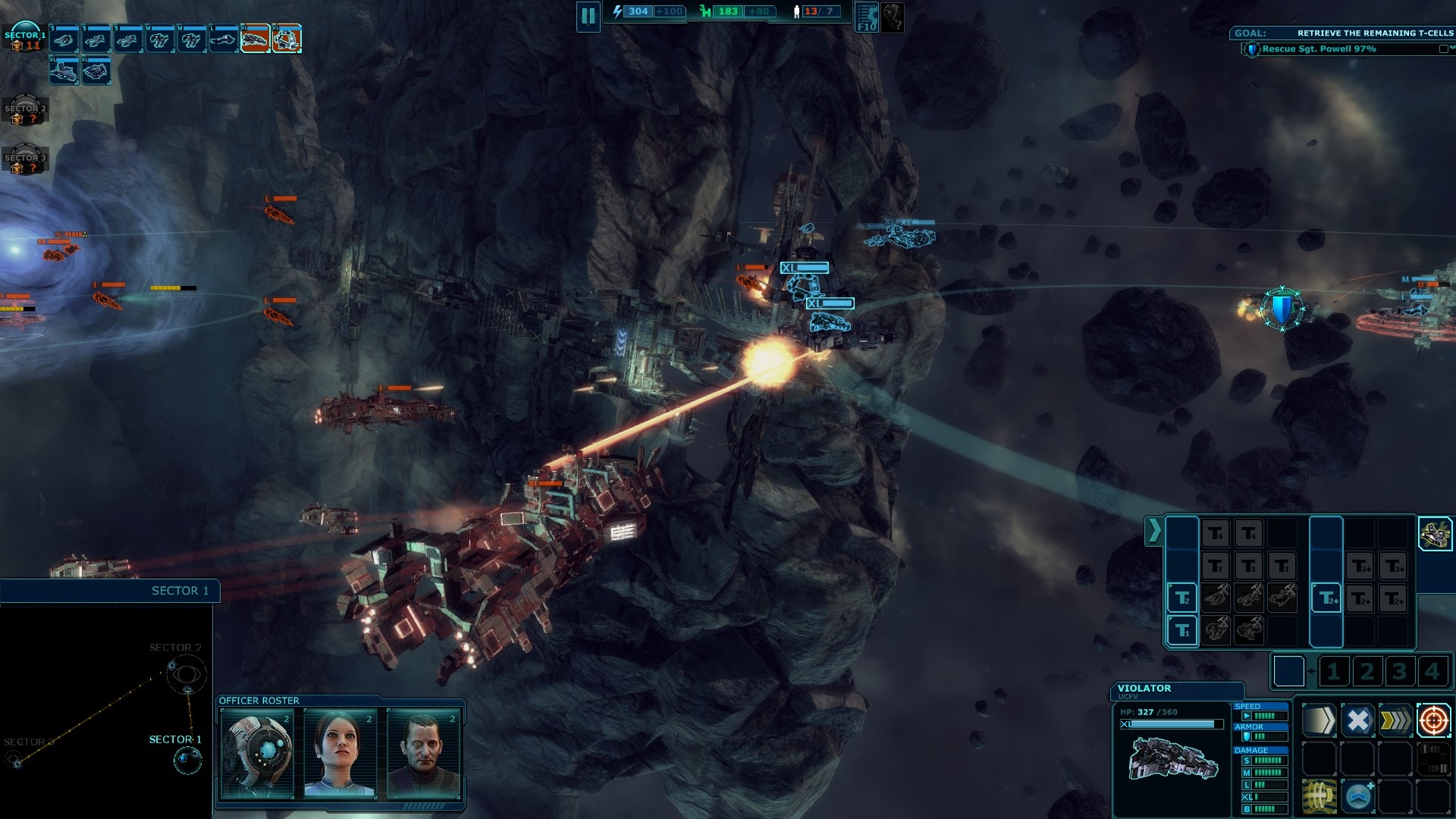

"But we know that whatever Lucy finds will give us vital clues about the formation of our solar system." And in each case, we're exploring places no spacecraft has ever been, so we won't know for sure what we'll discover till we get there," Glaze said. "All of these are incredibly interesting destinations. Next year, NASA plans to launch yet another probe, called Psyche, to a metallic asteroid that could be the leftover core of an ancient planet. NASA is also working on a new space telescope, called NEO (near-Earth object) Surveyor, which would help scientists catalogue dangerous asteroids in our neighborhood. That mission, called the Double Asteroid Redirection Test (DART), is testing a method that could deflect space rocks off of a collision course with Earth. Next month, NASA plans to launch a spacecraft to slam into a nearby asteroid. Other missions aim to prepare for the possibility that an asteroid could strike our planet. The OSIRIS-REx spacecraft's sample arm touches down on the surface of asteroid Bennu. That will make it the first spacecraft to travel to Jupiter's orbit and back. To reach all of its destinations, in fact, Lucy has to circle back to Earth three times to get a momentum boost from our planet's gravity. And finding a trajectory that actually will allow us to visit all these types of objects has been a real chore," Levison said. So Lucy will visit asteroids of each type in an attempt to find out. Scientists aren't sure how they ended up together along Jupiter's orbit.

This suggests that the various types of Trojans formed through different processes, and in different parts of the solar system. One group resembles the space rocks in the asteroid belt between Mars and Jupiter, while the other two resemble icy objects in the Kuiper Belt on the outskirts of the solar system. Scientists have identified over 7,000 Trojan asteroids, split into three major types.

Lucy has to revisit Earth 3 times to hit its targetsĪ diagram illustrating Lucy's orbital path, including three Earth flybys. It could even discover rocks or rings circling the asteroids - features too small to see from Earth.īy the end of Lucy's journey, NASA expects to have spent $981.1 million on the mission, according to Glaze.
#ANCIENT SPACE CRAF ZIP#
The spacecraft can't slow down or land - that would require too much propellant - so it will zip within 600 miles of their surfaces, moving 3 to five 5 miles per second.ĭuring the few hours in which it approaches and passes the asteroids, Lucy's scientific instruments will collect data on their composition, density, and size. Some of its eight stops are two-for-ones: One asteroid has its own satellite - a smaller rock trapped in its orbit - and two of Lucy's targets are a pair of binary asteroids that circle each other.īut Lucy's encounter with each space rock will be brief. Now, the probe has a record-breaking lineup. The original plan called for visits to just two asteroids, but NASA grew more ambitious as engineers and scientists designed the spacecraft and plotted its journey. Lucy's mission is seven years in the making. It can see features as small as a grain of salt! Together, this information helps scientists look for signs of past microbial life on Mars.An illustration of the Trojan asteroids leading and following Jupiter. PIXL also has a camera that takes super close-up pictures of rock and soil textures. It identifies chemical elements at a tiny scale. PIXL has a tool called an X-ray spectrometer. Novawing24 takes on the depths of the cosmos as he plays through Ancient Space by Creative Forge Games.For more about this awesome title. The Planetary Instrument for X-ray Lithochemistry is called PIXL. PIXL's Sensor Head: PIXL's sensor head before being integrated with the robotic arm at NASA's Jet Propulsion Laboratory in Pasadena, California.


 0 kommentar(er)
0 kommentar(er)
